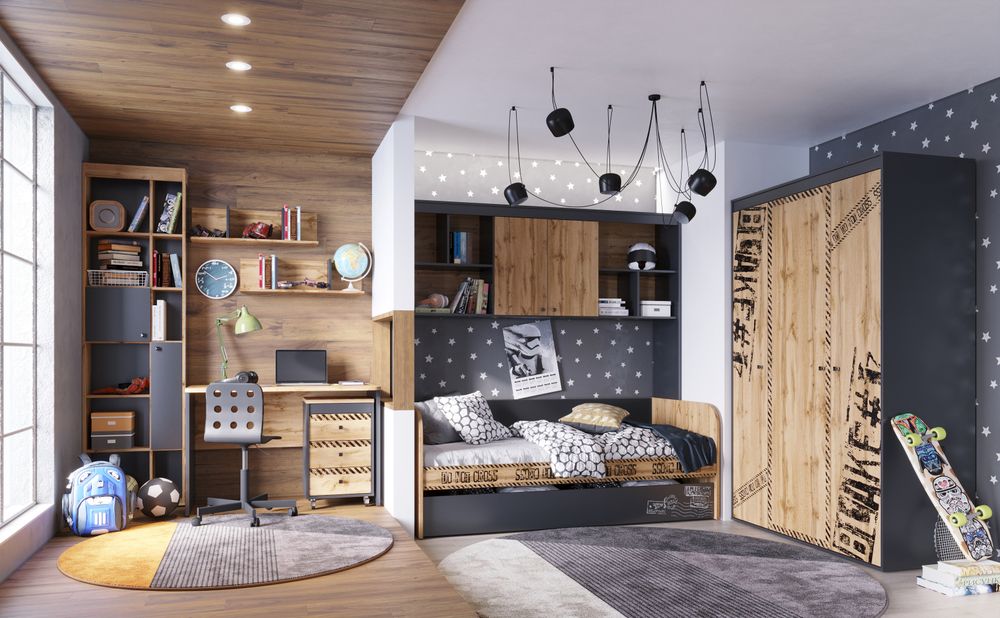

Before you begin to craft your dream space, start by envisioning what that space would look like. Consider what makes you feel comfortable, inspired, and joyful. Whether it's a cozy reading nook, a sleek home office, or a vibrant entertainment area, the goal is to create a space that reflects your personal style and needs. Think about colors, textures, and lighting. Collect images that inspire you and create a mood board to help visualize your dream space.
Every space should serve a specific purpose, and understanding what you want from your dream space is critical. Is it a place for relaxation, for work, or for socializing? Perhaps it's a multi-functional area that needs to accommodate various activities. Whatever the purpose, be clear about it from the beginning, as this will guide all your design decisions from furniture selection to lighting fixtures.
Once you’ve established the purpose of your space, it’s time to consider the layout. Functionality should be at the forefront of your planning. Measure the space and plan the placement of large pieces of furniture, ensuring there's a comfortable flow through the room. Think about how you move in the space and how you interact with the objects within it. Proper planning will help avoid overcrowding and create a harmonious environment.
Color greatly influences the atmosphere of a room. Choose a color scheme that resonates with the mood you’d like to establish. Soft, neutral tones can create a calming oasis, while bold colors might energize and stimulate creativity. Consider the psychology of color and how different hues can affect your emotions and behavior. Paint swatches and fabric samples can be valuable tools to help imagine the space before committing.
Furniture is both functional and decorative, so select pieces that complement your lifestyle. If you have a small space, look for multi-functional furniture that can save room. If you spend a lot of time in the area, invest in comfortable and ergonomic pieces. Additionally, consider the scale of the furniture in relation to the room to maintain proportion and balance. Remember that each piece should contribute to the room’s purpose and aesthetic.
Accessories are the finishing touches that can make a space feel like home. They include items such as rugs, cushions, art, and personal mementos. These elements add texture, color, and personality to your space. When choosing accessories, think about what resonates with you and what items tell your story. This final layer adds depth and individuality, transforming a mere room into your dream space.
Lighting plays a vital role in setting the mood of your dream space. It can be utilized to highlight architectural features or artwork, and to create ambiance. Incorporate a mix of lighting sources like overhead, task, and accent lights to provide flexibility depending on the time of day and the activities taking place. Dimmer switches can be especially effective in adjusting the lighting to match your mood and enhance the room's atmosphere.
As you live in your space, your needs and tastes may evolve. Design your dream space with a degree of flexibility to allow for changes and adaptations over time. This could mean choosing furniture that can be reconfigured or using decorative elements that can easily be switched out. A space that can evolve will continue to delight and inspire you for years to come.
Crafting your dream space is a personal journey filled with creativity and self-expression. It’s an opportunity to create an environment that not only meets your practical needs but also feeds your soul. Through careful planning, selection of colors and furniture, personalization with accessories, and strategic lighting, you can transform any room into your own perfect retreat. Remember that the most important aspect of any space is that it reflects who you are, and brings you a sense of comfort and happiness in your daily life.